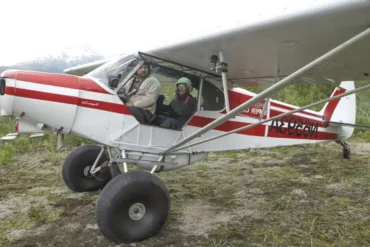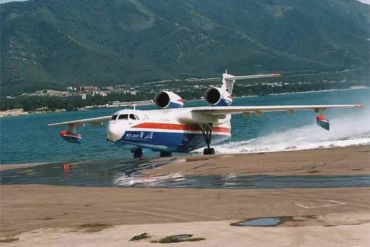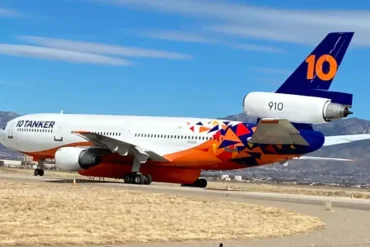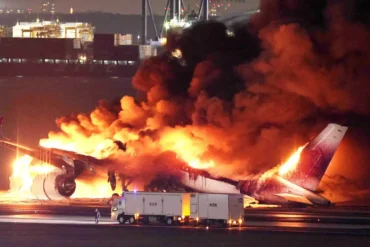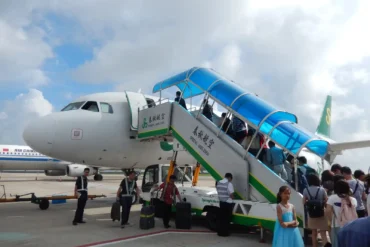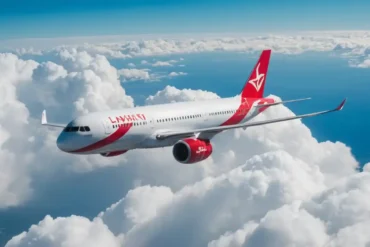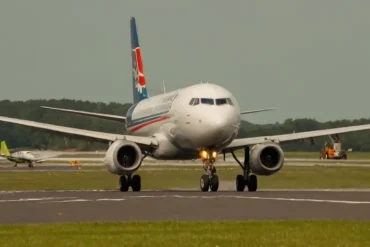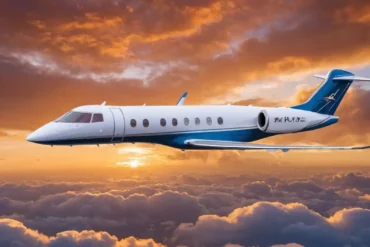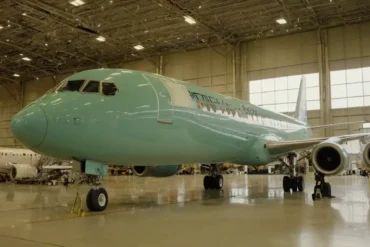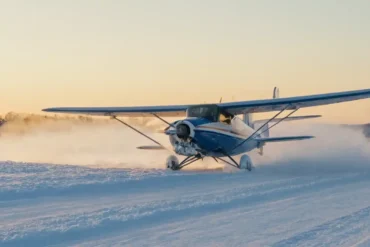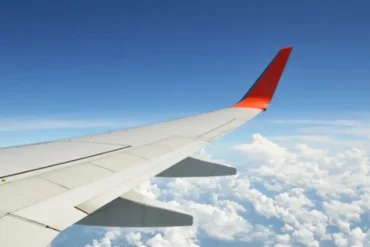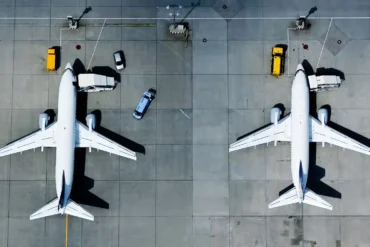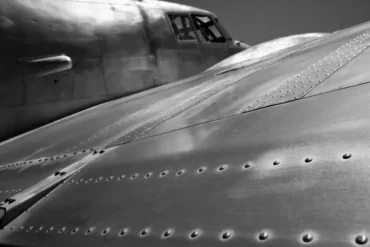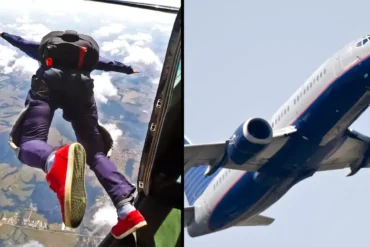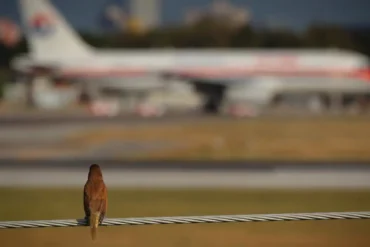Airplanes are super helpful for all kinds of jobs, and fighting fires is one thing they do really well, especially in hot summer months in some areas. There are different types of firefighting aircraft that are used for different needs and budgets. Let’s look at seven kinds of firefighting planes.
When you think of planes for firefighting, you probably picture the big water tankers. But there are actually a bunch of different aircraft that help out. Some carry tons of water to put out fires fast, while others have specialized gear to fight fires in tricky spots. Besides wildfires, these planes are great for rescue missions and smaller fires too.
Trying to stop a wildfire without a firefighting airplane would be really hard. These planes can drop water, foams, gels and other stuff to put out the flames. They also use a mixture called retardant, which has water, salt, thickening agent and coloring.
Some firefighting planes can scoop up more water while flying over lakes or rivers, so they don’t have to land and refill as much.
Planes are designed for specific jobs, so you often need two or more types working together. The kinds of firefighting aircraft usually depends on how much retardant they can carry and how they release it.
Not all planes directly fight fires – some play a support role. Let’s look at the different types used today.
1. Water Scoopers

Water scoopers can stay over water for a while to refill their tanks without going back to base.
How they refill varies – some use pumps lowered into the water while hovering, while others like the Air Tractor Fire Boss have probes on the sides to scoop up water. For this method, the pilot slows down halfway while gliding over the water, taking about 12 seconds before it’s ready to go again.
Water scoopers like the Air Tractor Fire Boss and Bombardier CL-415 are very maneuverable, easily navigating around obstacles while pulling water from bodies of water at least 6.5 feet deep and 300 feet wide.
With huge 1600 gallon tanks, these planes are great at quick refilling, allowing multiple water drops in one flight. Their special design lets them fly for four hours without stopping!
Staying low, no more than 150 feet over ground, helps them be accurate when releasing water. Aiming for the fire front or burning fuel, they try to quickly contain the spreading flames. The Bombardier CL-415 is another popular water scooper model.
2. Single Engine Airtankers (SEATs)

Single Engine Airtankers, or SEATs, are the smallest firefighting planes, holding 800 gallons of water or less. Their small size makes them really maneuverable in rough terrain and they don’t need much runway to take off.
These planes work well on small wildfires fueled by lighter materials. They target hot spots, quickly stopping the spread. Using LC 95 retardant that penetrates to slow burns from treetops down, they’re very effective.
Some SEAT models like the amphibious Fire Boss Air Tractor AT-802F can take off and land on both water and ground. SEAT water tanks can be external or internal.
With one pilot, SEAT actions depend on their skills. Some pilots can make decisions and take action, while others follow instructions from base.
3. Very Large Airtankers (VLATs)
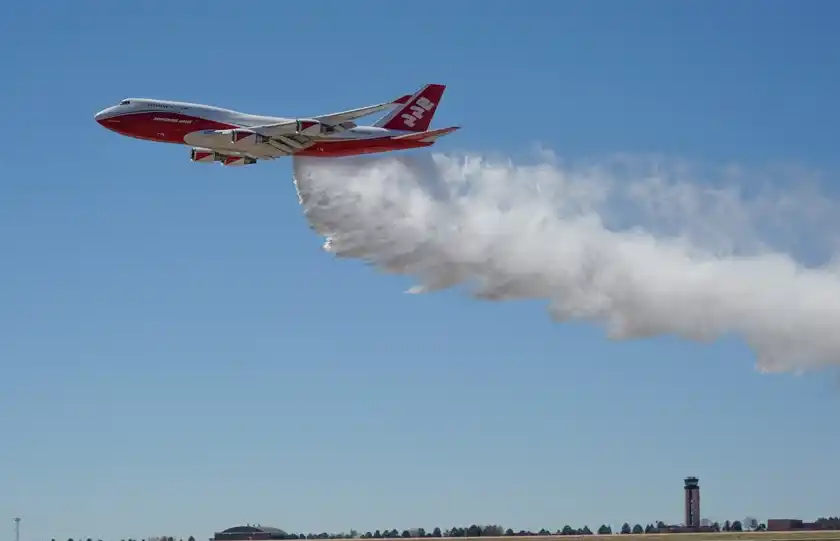
When fighting wildfires in rural areas, Very Large Airtankers (VLATs) are essential. These massive planes can carry huge loads, more than 8,000 gallons of water and retardant, with amazing models like the Boeing 747 Supertanker holding 24,000 gallons!
With robust engines and strong frames, VLATs can handle the immense liquid weight while cruising incredibly fast, like 600 mph for the DC-10. Flying at least 250 feet over ground or treetops, VLATs support other planes during operations.
Typically having three tanks, total volume determines capacity. Efficient gravity-release systems, like the DC-10 emptying in eight seconds, are common for most VLATs.
VLAT crews are at least three – pilot, co-pilot, and sometimes two flight engineers. They excel at high-altitude drops but maneuver less well, so they aren’t as good in rough terrain.
4. Large Airtankers (LATs)
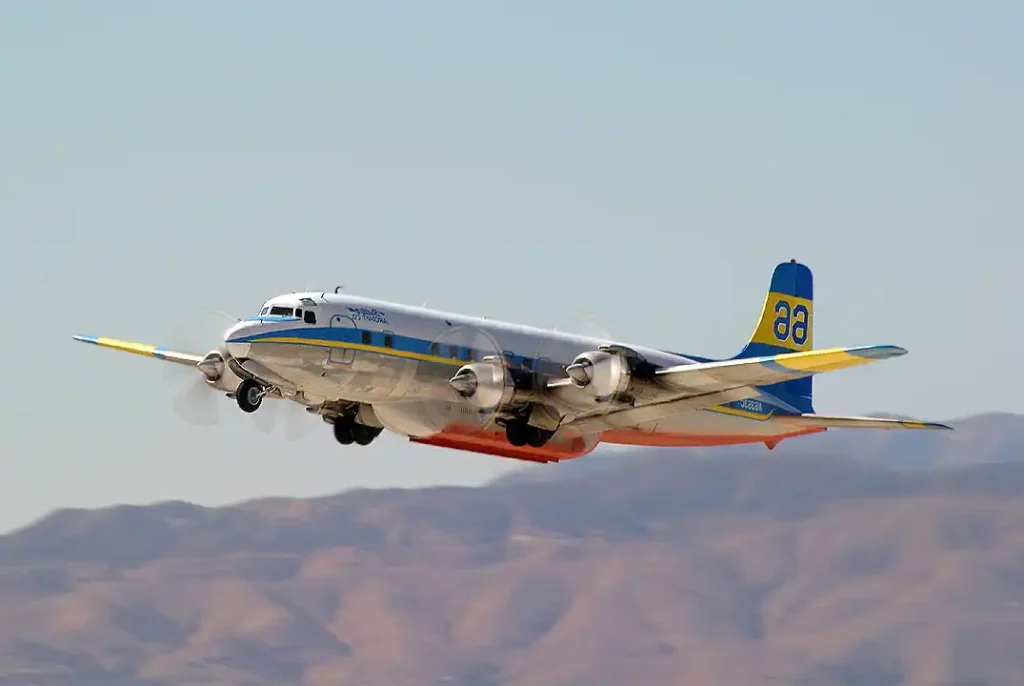
Large Airtankers (LATs) are very effective, especially in forested areas. With 2,000-4,000 gallon tanks, LATs are larger than Single Engine Airtankers for more coverage.
They work well in challenging terrain, providing crucial help to firefighters below. But if refill stations aren’t nearby, they may need to return to base after each drop – a logistical challenge.
While some firefighting planes may not be as nimble as smaller ones, strategic modifications let them operate well in difficult conditions. These planes, making up big parts of firefighting fleets, work with others. With a pilot, co-pilot and flight engineer, the crew ensures smooth operation.
One downside is they need longer landing strips and slower takeoff logistics, limiting response time compared to smaller planes.
Great examples include the Lockheed C-130 series, P-2 Neptune, P-3 Orion, and Douglas DC-6 and DC-7.
5. Lead Planes

Lead Planes play a huge scouting and first response role. Compact with two engines, they easily navigate terrain, circling to survey fires. Going in first, they provide key mission info.
Operated by a trained pilot, Lead Planes pave the way, with others following. They also mark drop zones for tanker pilots by releasing smoke or coordinates.
Popular models include the Beechcraft King Air series and Twin Commander 500 and 600.
6. Smokejumper Aircraft
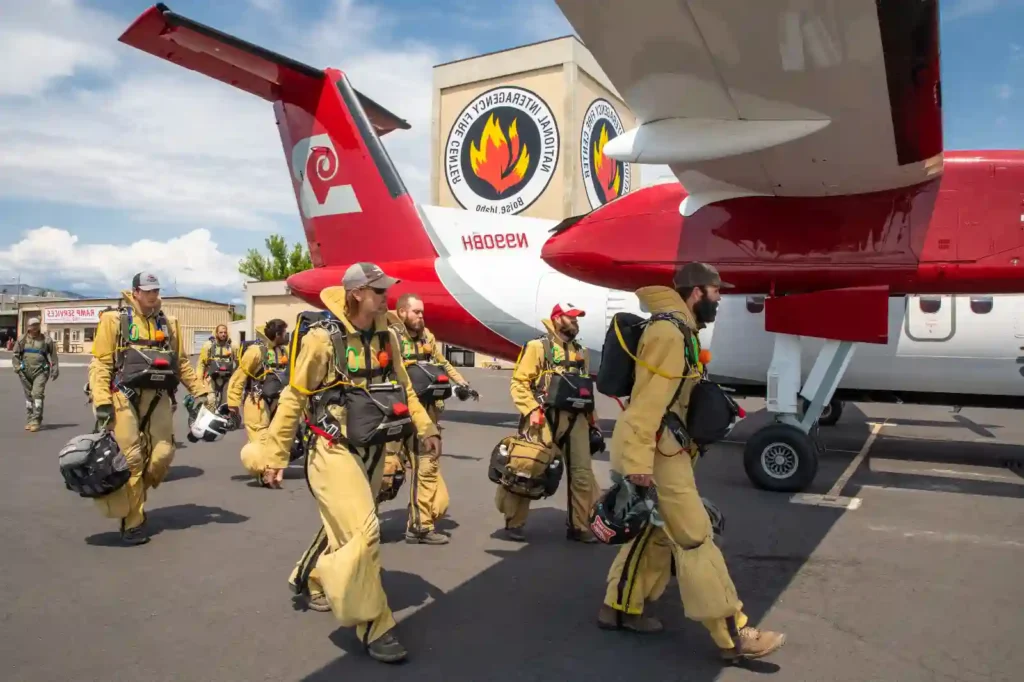
Smokejumper planes have an indirect role focused on transport and support.
Designed to carry specialized units to remote fires, they’re invaluable when ground access is limited. Carrying up to twelve smokejumpers, they enable quick deployment. The pilot and co-pilot ensure a smooth ride.
They also do supply drops via parachute for extended operations.
Flying under 3,000 feet, popular models include the Shorts Sherpa C-23A, SD3-60, Dornier 228, and DeHavilland Twin Otter DH-6 300 series.
7. Air Attack Planes
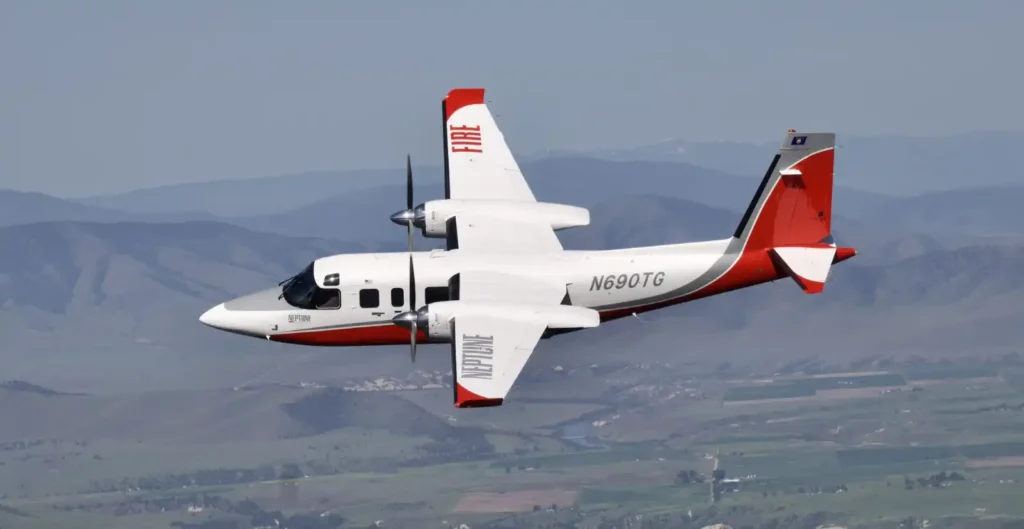
Air attack planes play a big tactical role with their two-person crew – a pilot and the Air Tactical Group Supervisor.
Great at scouting and strategy, they find optimal fire access and retardant drop points. Highly maneuverable over mountainous terrain due to their small size.
Known for quick climbing and low fuel use, they offer sustained presence during operations. The Twin Commander 500 and 600 series are commonly used.
References
- Fire Boss Amphibian Single Engine Tanker
- Aerial firefighting – Wikipedia
- Large Airtanker Operations Plan
- Air Attack Planes – NIFC
- DC-10 Air Tanker – Wikipedia
- Forest Service Standards for Airtanker Operations
- Single Engine Air Tanker (SEAT) – NFS
- Fire Aviation – Water Tank on an Air Tractor 802F Fire Boss
- National Interagency Aviation Guide
- Firefighting Planes – Wikipedia
- Air Tankers – National Interagency Fire Center
- Southwestern Coordination Center Aircraft Recognition Guide
- Smokejumper Aircraft – NIFC
- U.S. Forest Service – Firefighting Planes

